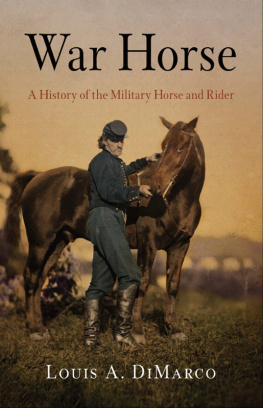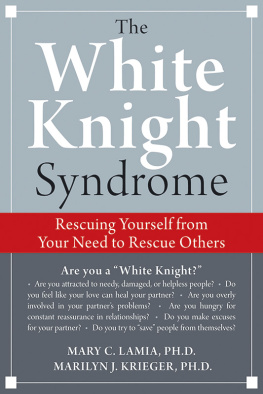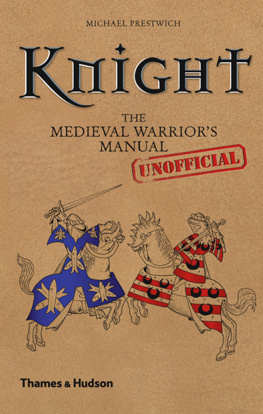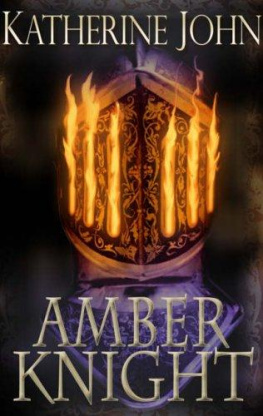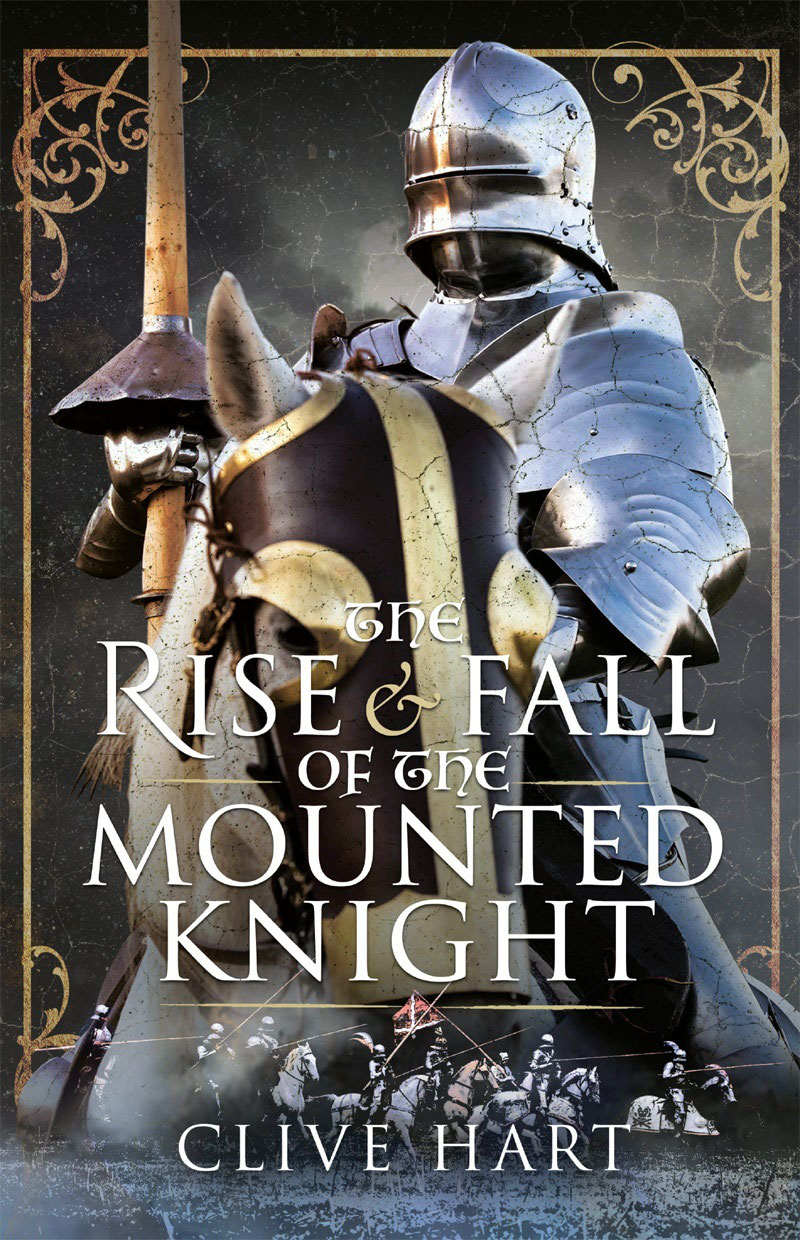The Rise and Fall of the Mounted Knight
The Rise and Fall of the Mounted Knight
Clive Hart
First published in Great Britain in 2022 by
Pen & Sword History
An imprint of
Pen & Sword Books Ltd
Yorkshire Philadelphia
Copyright Clive Hart 2022
ISBN 978 1 39908 204 4
eISBN 978 1 39908 205 1
Mobi ISBN 978 1 39908 205 1
The right of Clive Hart to be identified as Author of this work has been asserted by him in accordance with the Copyright, Designs and Patents Act 1988.
A CIP catalogue record for this book is available from the British Library.
All rights reserved. No part of this book may be reproduced or transmitted in any form or by any means, electronic or mechanical including photocopying, recording or by any information storage and retrieval system, without permission from the Publisher in writing.
Pen & Sword Books Limited incorporates the imprints of Atlas, Archaeology, Aviation, Discovery, Family History, Fiction, History, Maritime, Military, Military Classics, Politics, Select, Transport, True Crime, Air World, Frontline Publishing, Leo Cooper, Remember When, Seaforth Publishing, The Praetorian Press, Wharncliffe Local History, Wharncliffe Transport, Wharncliffe True Crime and White Owl.
For a complete list of Pen & Sword titles please contact
PEN & SWORD BOOKS LIMITED
47 Church Street, Barnsley, South Yorkshire, S70 2AS, England
E-mail: enquiries@pen-and-sword.co.uk
Website: www.pen-and-sword.co.uk
Or
PEN AND SWORD BOOKS
1950 Lawrence Rd, Havertown, PA 19083, USA
E-mail: Uspen-and-sword@casematepublishers.com
Website: www.penandswordbooks.com
Contents
Acknowledgements
This book was only ever possible because of the owner of Historic Equitation, Dominic Sewell, who first put a lance into my hand, and then, unbelievably, gave me a horse. If that wasnt enough, he also gave me my first opportunity to joust, one I was sure I wasnt good enough for, but one I nevertheless was not going to turn down. The rest, as they say, is history, and further thanks must be made to Dominic for giving me access to his well-stocked knightly-themed library, which enriched the following work immensely. Thanks must also be given to Sam Gostner, who has a rare skill with a camera, and made the effort to photograph me and my equipment for this book. Another thank you is due to all those who read any part of the draft for me, and any errors still remaining are my own. The final thanks must go to the horses which have taught innumerable lessons, but especially to Charlie who has kept me alive when others might not have.
Introduction
When thinking of the medieval period the most enduring image that springs to mind is that of the knight clad in armour, mounted on a warhorse, brandishing a sword or lance. Alongside the stories of King Arthur and Robin Hood, the concept of the knight is one of the few still in the collective consciousness. This image is often supplemented by ideas of rescuing damsels, slaying dragons or brutally suppressing peasants, which is hardly surprising given that one of the most common sources of information on knights is Hollywood movies. By picking up this book, you as the reader are looking for something more, and together we will delve into the world of the European mounted knight. This was a world of human and equine complexity, often misunderstood in modern times. Indeed, the main aim of this book is to correct the many misconceptions surrounding the horses that knights rode. It has been said that civilisation was carried on the back of the horse, and during every important historical moment of the middle ages, a horse can always be found nearby. We shall deal with the size and types of medieval horses, as well as how they were treated and used in combat. This is an area which is not purely theoretical or academic, as there is a contemporary international community seeking to recreate the horses, saddlery, armour and riding techniques of history. This knowledge lends a different dynamic to the historical record and helps bring it to life. For example, taking part in an eight person joust has given me a living window into the world of the mounted knight fighting in a tournament: all of us competing at the same time, in only a small 20m by 20m field, in a whirling and chaotic dogfight filled with broken lances and flashing steel swords.
Before we can understand the rise and eventual decline of the mounted knight in western Europe, the mounted knight firstly needs to be defined. Firstly, of course, a mounted knight needs to be mounted. More specifically, he is mounted on a horse to fight, specifically in hand-to-hand combat. He may occasionally employ missile weapons from horseback, but the mounted knight as discussed here is primarily a close combat warrior. Secondly, he must be a knight. The word itself comes from the Old English cniht1 and the Germanic Knecht2 which both have a common meaning of boy or servant. The meaning in Saxon England over time became that of a household retainer in a manner which begins to reflect the nature of a truly medieval household knight. These retainers and warriors evolved into a separate social class who owned, or at least had the income rights to, land which existed in the main to equip and support the knight with what he needed to go to war. There is continual evolution of the term from the Norman period right through the medieval age, and as a result the actual meaning of the word knight is never constant for very long at all. The noble knight could often be found fighting alongside the non-noble man-at-arms, or the nobleman who was not yet knighted. The non-noble men-at-arms were equipped in the same way as their social betters, suffered the same hardships and fought equally effectively. While our primary focus is those who were actually knighted, men-at-arms were always to be found alongside them so should not be forgotten. The final ingredient required to define the mounted knight for our purpose is chivalry. This was a set of guidelines on a range of subjects, be they practical or aspirational, and are the final part of our definition. Being as transient as the definition of knight, we will follow how layers of chivalry were slowly folded into knighthood over time, and how closely the reality matched the ideal. The battlefield nemesis of the mounted knight will also be studied; that is, the increasingly professional infantry within Europe that sometimes managed to overthrow their social superiors. The relationship between the knight and famous infantry such as the Swiss will be explored and we will see how, in what was an arms race, neither group ever had total dominance over the other. The decline of the mounted knight will then be explained through a combination of factors, political, financial and technological, and also why the mounted knight continued to be decisive even 250 years after gunpowder appeared on the battlefield.
To conduct any analysis on events hundreds of years ago, however, we must consider how we know about them in the first place. The amazing thing about the medieval world is that it was increasingly literate and we can look at the words written by knights themselves, as well as their enemies.3 In the first half of the fifteenth century, Gutierre Diaz De Gamez wrote a biography of his master, Don Pero Nino. De Gamez was his standard bearer and fought alongside Pero Nino from the North African Coast to the South of England. The deeds of his master are elevated to glorious heights, even when occasionally he is not particularly sensible. De Gamez is perhaps the true chivalric hero of the tale, barely mentioning himself and serving his master with his pen as faithfully as he had with his banner. In his Prologue he also tells us what a knight should be by explaining to us the four virtues that a fifteenth-century Spanish knight should emulate, namely Prudence, Justice, Temperance and Fortitude. He writes that Justice is, human fellowship, not to do evil to a neighbour, but to do him service. Prudence, he explains, is to follow the path of good, and Temperance is resisting evil and disorder. Fortitude, De Gamez writes, is not to bow beneath adversity, nor be lifted up by prosperity fortitude is humility without pride.4 This knightly ideal that De Gamez clearly holds very dearly is recognisable to modern eyes as part of chivalry. The idea of a human fellowship in the middle ages had a narrower scope of inclusion than it would now, but the urge to do good deeds, persevere through troubles and avoid pride are all qualities generally seen as good today. Throughout this book we will steer a course between such lofty ideals and the dirtier realities of being a mounted knight. A glimpse into the murkier side of medieval military life is given in a poem written by Thomas Hoccleve around 1420, which is just after De Gamez and Pero Nino were active. The following extract implores young men to treat war veterans with compassion:







